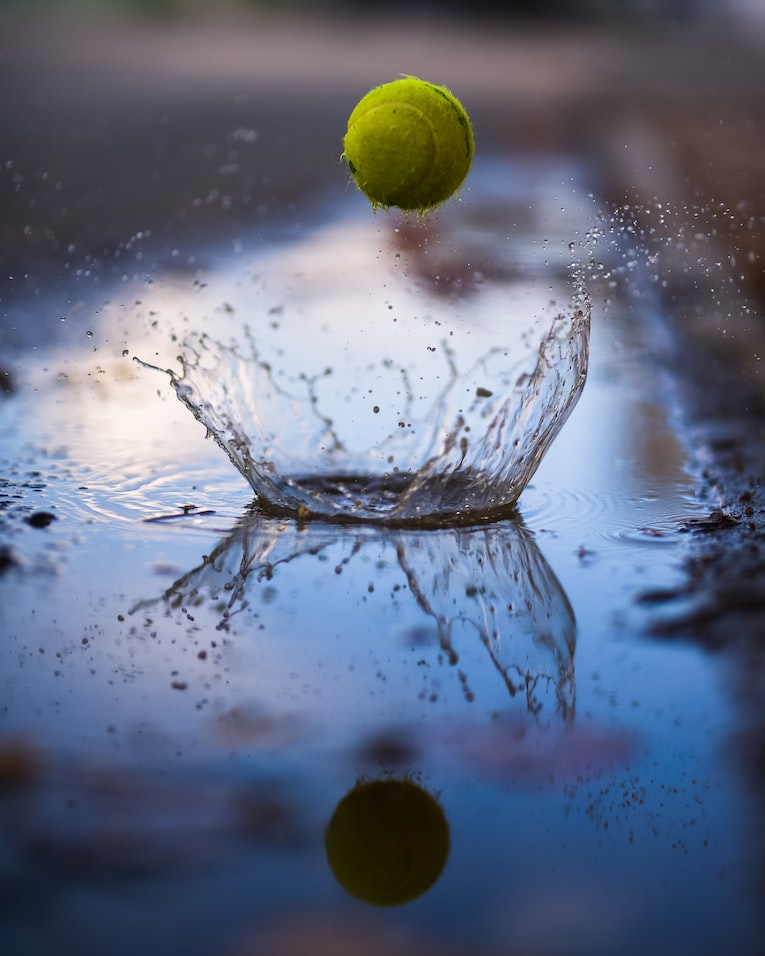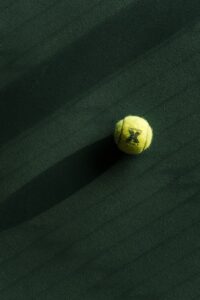The Importance of Roundness in Padel Balls: How to Check Them
3 min read
The Importance of Roundness in Padel Balls: How to Check Them
Greetings, fellow padel enthusiasts! As a seasoned padel player, I cannot stress enough the significance of using round balls for optimal performance and game enjoyment. It’s no secret that the shape and condition of padel balls can greatly impact the outcome of a match. So, today, let’s dive into the world of roundness and discover how to check padel balls for roundness.
Why is Roundness So Important?
Imagine this scenario: You step onto the court, ready to showcase your padel skills, only to find that the ball you’re playing with resembles more of an egg than a perfect sphere. Trust me, it’s a recipe for disaster! A well-rounded padel ball ensures a predictable bounce and trajectory, making the game fair and exciting for all players involved.
The shape of a padel ball affects the way it interacts with the court, racket, and opponents. A perfectly round ball will bounce consistently, allowing you to accurately anticipate its movement and plan your shots effectively. On the other hand, an unevenly shaped ball can create unpredictable bounces, leading to missed hits, unexpected angles, and, let’s be honest, a lot of frustration!
How to Check Padel Balls for Roundness
Now that we understand the importance of roundness, let’s explore a few simple methods to check if your padel balls are up to par:
1. Visual Inspection
Begin by giving the padel ball a good old-fashioned visual inspection. Look for any signs of deformities or irregularities on the surface. The ball should be smooth and symmetrical in shape. If you notice any dents, flat spots, or unevenness, it’s safe to say that the ball has lost its roundness.
2. Manual Rolling Test
Take your suspect padel ball and place it on a flat surface, like the court or a table. Gently roll the ball with light pressure using your hand. Pay close attention to its movement. A perfectly round ball will roll smoothly without veering off course. If you notice any wobbling, bouncing, or a strong deviation from a straight path, that ball is most likely not as round as it should be.
3. Bounce Test
An essential test to ensure ball roundness is the bounce test. Drop the padel ball from a height of about one meter onto a hard surface, such as the court or a concrete floor. Observe the bounce closely. A round ball will bounce in a straight manner, without unexpected spins or changes in direction. If you observe irregular bounces or a lack of true rebound, it’s time to retire that ball to the ball dog’s chew toy collection.
When to Retire a Ball
Now you might be wondering, how long can a padel ball maintain its roundness? Well, it depends on various factors such as the quality of the ball, playing conditions, and frequency of use. Generally, padel balls tend to lose their roundness after approximately 4-8 hours of play. However, if you notice significant irregularities during the aforementioned tests, it’s best to retire the ball and find a replacement.
Remember, using round and well-maintained padel balls will not only enhance your own game but also contribute to fair and enjoyable matches for everyone on the court. So, the next time you play, take a moment to check the roundness of your padel balls to ensure a fantastic experience for all.
I hope this article has provided you with valuable insights into the significance of roundness in padel balls and effective methods to check their shape. Now it’s time to put your newfound knowledge into practice and embrace the joy of playing with perfectly round padel balls. Happy padeling!






